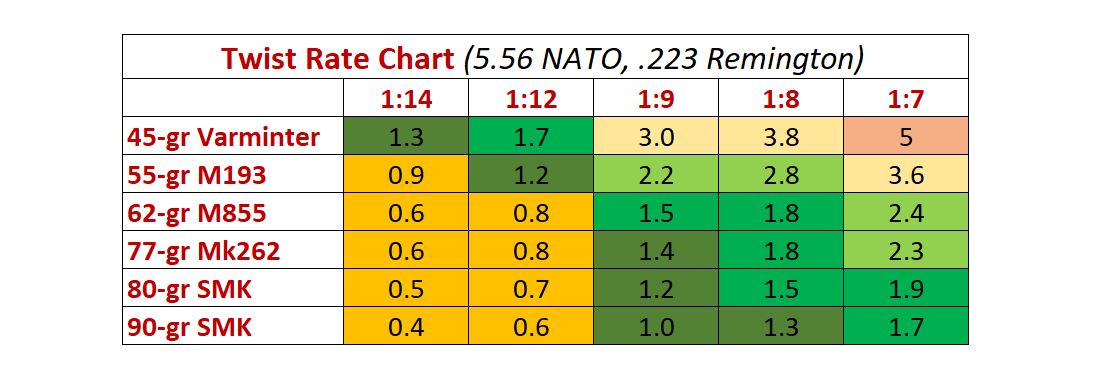Via David Codrea, this piece from Bearing Arms.
I am an immigrant and a Second Amendment advocate myself, and two, I have also written about long-term threats posed to our right to keep and bear arms (shameless plug ahead!) in a book co-authored with Greg Camp: “Each One, Teach One: Preserving and protecting the Second Amendment in the 21st century and beyond.”
In the above work, I touched upon how immigration plays into the various threats to the Second Amendment, not because immigration per se is dangerous, but as a factor that compounds the mass ignorance which is the real threat. Most immigrants, unless they’re naturalized citizens, cannot vote. So, the unrelenting attacks on the Second Amendment cannot be attributed to immigrants because the mass ignorance lies in the body politic of natural-born American citizens, who are the absolute majority of voters in this country.
As expected, the comments in reaction to Smith’s video have their fair share of people who think that immigration itself is a problem. From my vantage point, I find it totally ironic because every single vocal gun control activist that I know is a white progressive and an umpteenth-generation American, some even being descendants of American revolutionaries. On the flip side, some of the most ardent supporters of the Second Amendment are immigrants, who have taken it upon themselves to do a job that many natural-born American citizens refuse to do: unapologetically defending the U.S. Constitution and Bill of Rights.
My religious roots, cultural background, and upbringing are all contrary to gun ownership. I grew up in India and was raised vegetarian in a religious Hindu family. People from my caste background historically have been academics and priests who don’t wield weapons. My grandfather is a Gandhian who was part of the nonviolent independence struggle against the British. Yet not only do I own guns, but I am also an evangelist for gun rights. How did that come to pass?
The gist of what I wrote in my book is that immigration, along with other factors, is a threat only if you let it be a threat. The core of my prescription for preserving and protecting the Second Amendment is outreach to groups that have historically not been associated with gun ownership, and included prominently in that are immigrants and new Americans.
This commentary has the unfortunate feel of something that would be published at Bearing Arms.
To begin with, he exaggerates the case when he implies that immigrants constitute some of the most ardent 2A supporters. I’ve pointed out many times before that immigrants from south of the border – which comprises most of our immigration, both legal and illegal – oppose gun rights by some 75%, and vote that way when they have the chance.
Second, he exaggerates the case that it’s even possible to conduct the outreach he claims is our responsibility. How? Media? Church? Pamphlets? Books? Someone else owns the media. Churches have gone to the dogs. Pamphlets and books are for people who will take the time to read them.
Next, he misses the point (and exaggerates again) when he insinuates that any of the above is a good remedy for a world and life view contrary to the Christian world and life view. Only an understanding of being designed in God’s image supports the notion of firearms ownership and covenant responsibility, blessings and curses. Seeing the relationship between people and their government as a covenant that can be nullified is broken is unique and solely a Christian belief and doctrine. No other world and life view has such a concept. Not … a … single … one. And I’ve studied them. If the writer believes in the RKBA, he does so in spite of his Hindu upbringing, not because of it.
Finally, he implies that it’s my responsibility to educate and indoctrinate new immigrants in the virtues of firearms ownership, when in fact it’s safer, tidier, and has a much better chance of success to carefully husband our borders and allow only those in who already believe in the American system.
Why would someone claim anything different? This is analogous to someone claiming that it’s our duty to marry unbelievers and then try to convert them. But then there’s that whole issue of being “unequally yoked.”
This is a bad commentary from a very questionable source, and I remain disappointed in the quality of analysis coming out of Bearing Arms, from their disdain for open carry to [apparent] support for unfettered immigration.
In short, “is immigration bad for the second amendment?” Short answer: yes.





